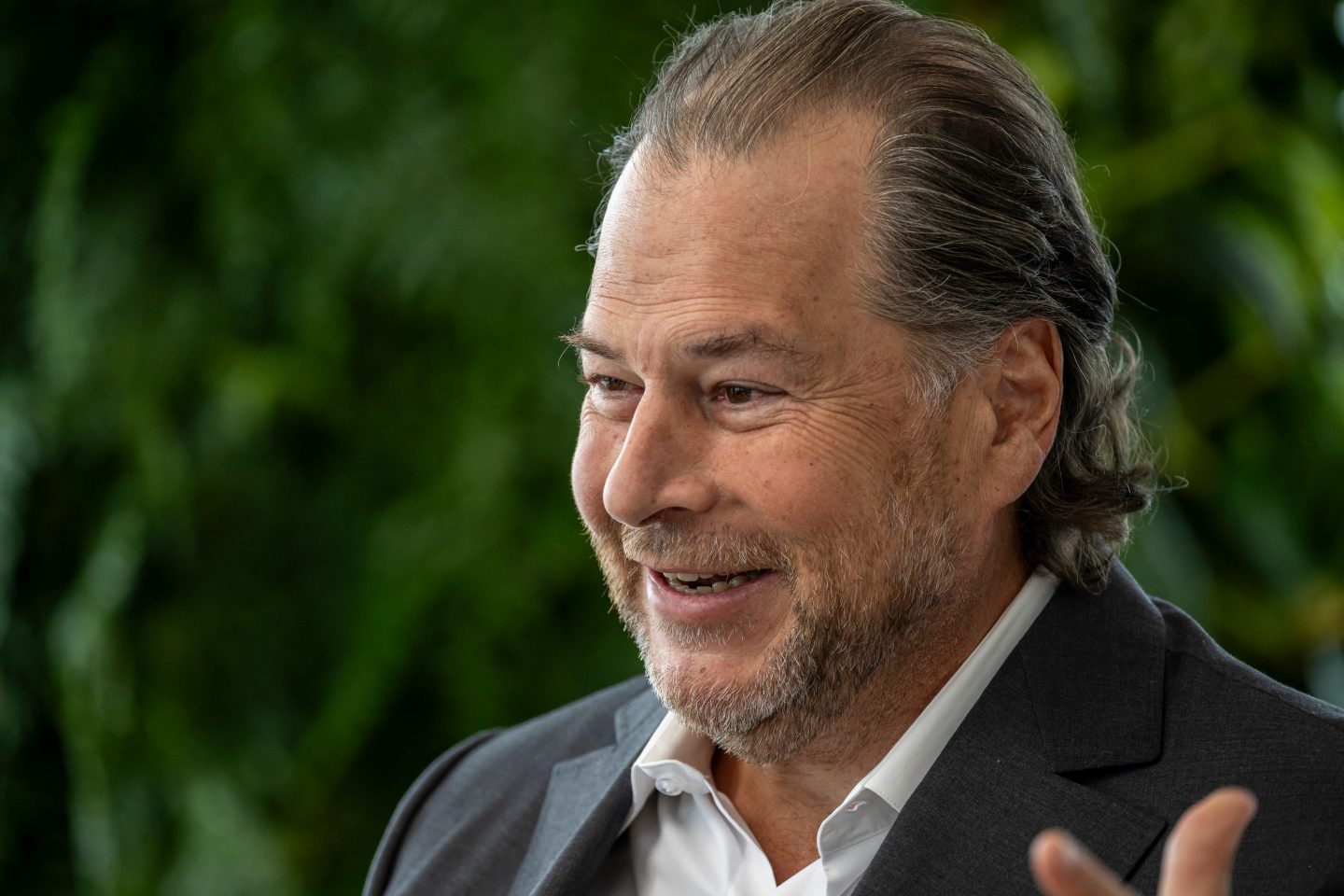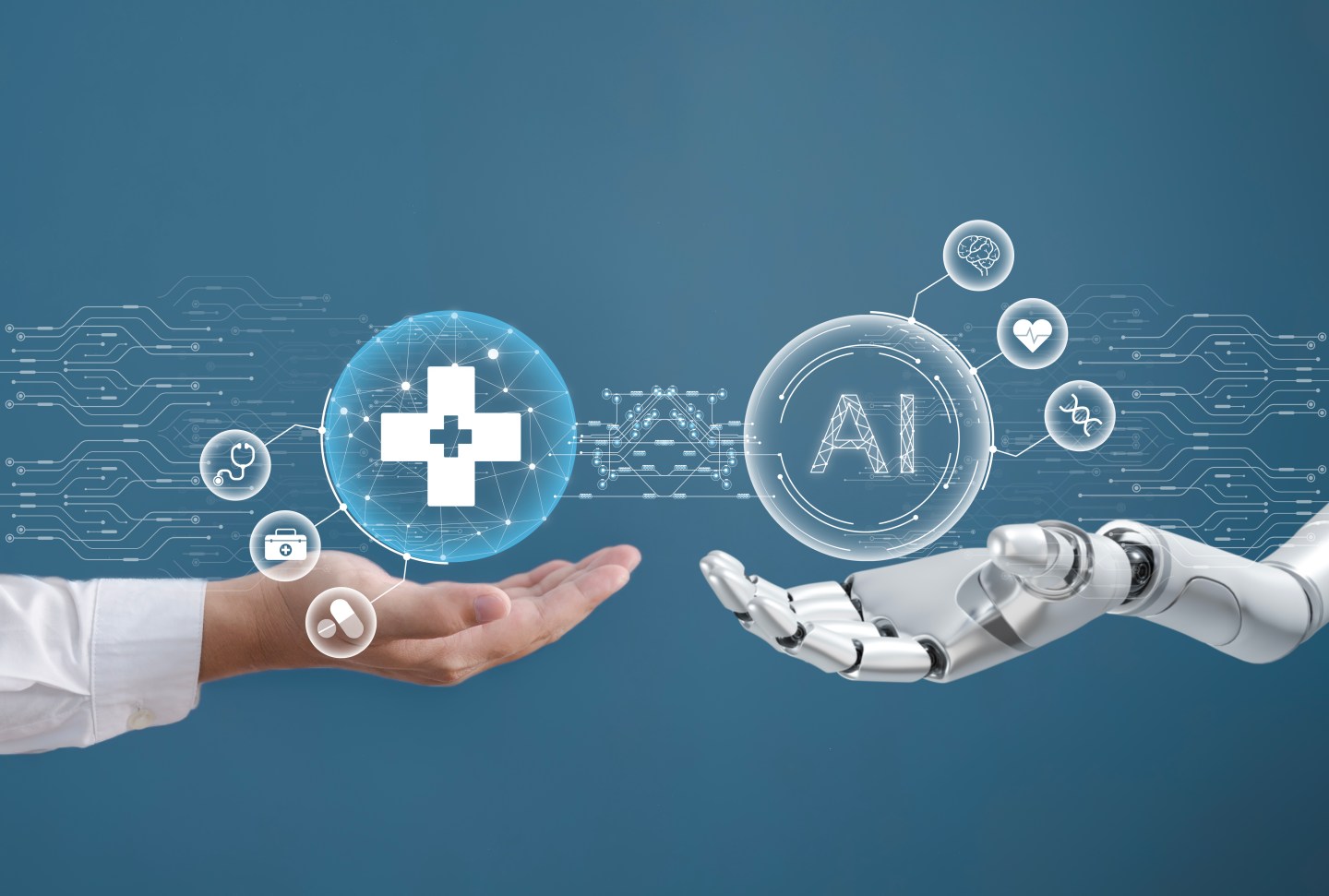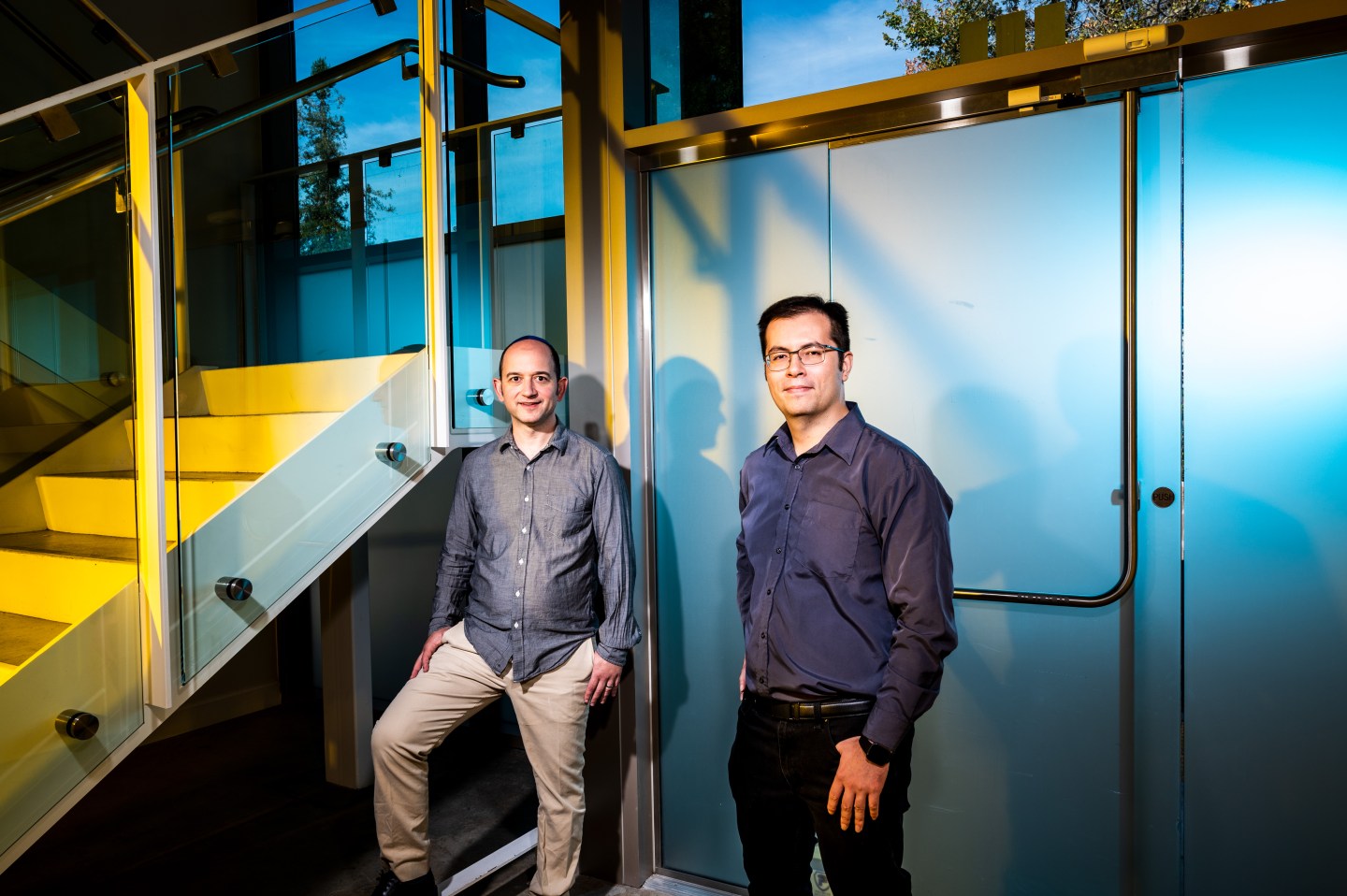Salesforce CEO Marc Benioff on Wednesday delivered a strong endorsement of Tesla’s Optimus humanoid robot, with a tweet and accompanying video declaring it the “dawn of the physical Agentforce revolution” and a “productivity game changer” that could transform how businesses operate. His enthusiastic post endorses Tesla’s strategy and Elon Musk’s bold robotics ambitions.
“Elon’s Tesla Optimus is here! Dawn of the physical Agentforce revolution, tackling human work for $200K–$500K. Productivity game changer!” Benioff wrote on X, adding a personal note: “Congrats @elonmusk, and thank you for always being so kind to me!” The tweet was accompanied by a video showing Benioff interacting directly with one of Tesla’s humanoid robots at the company’s California facility.
The casual exchange captured in the video offers a glimpse into the current capabilities, and limitations, of Tesla’s Optimus. When Benioff asks, “Hey, Optimus. What are you doing there?” the robot responds, “Just chilling, ready to help.” The conversation continues with Benioff requesting directions to find a Coke, to which Optimus replies, “Sorry, I don’t have real-time info, but I can take you to the kitchen if you want to check for a Coke there.” As they prepare to walk together, someone off-camera notes, “We need to give it a bit more room. Right now, it’s kind of paranoid about space. And it’ll be able to walk a lot faster, too.”
You can watch the full exchange below:
Elon’s Tesla Optimus 🤖🔥 is here! Dawn of the physical Agentforce revolution, tackling human work for $200K–$500K. Productivity game-changer! Congrats @elonmusk, and thank you for always being so kind to me! 🚀 #Tesla #Optimus pic.twitter.com/bA5IYIylE1
— Marc Benioff (@Benioff) September 3, 2025
Tesla shares are holding steady at around $333 as of Thursday morning, but they’re up over 22% over the past six months. On Tuesday, Musk shared Tesla’s so-called Master Plan Part IV, which positions Optimus as central to the company’s future: The CEO claims “about 80% of Tesla’s value will eventually come from Optimus,” a projection that would value the robot program at roughly $20 trillion based on Tesla’s current market capitalization.
Musk set ambitious targets early in the year, predicting Tesla would manufacture thousands of Optimus units in 2025 and forecasting that the project could eventually generate more than $10 trillion in revenue. However, production plans encountered significant headwinds when China implemented export restrictions on rare-earth materials essential for the robots’ movement. During Tesla’s April earnings call, Musk explained a magnet issue was disrupting production timelines, noting that China required assurances the rare-earth magnets would not be used for military purposes, adding that Tesla was working with Beijing to secure the necessary export licenses. Optimus production challenges deepened in June when Milan Kovac, who had overseen Tesla’s Optimus development since 2022, stepped down to spend more time with family.
The projected price range for Tesla’s Optimus robot is between $15,000 and $30,000 at launch, with most recent updates suggesting the initial consumer models will be priced around $18,999 to $20,000, depending on features and configuration. Elon Musk and Tesla have publicly targeted keeping the price “under $20,000” for the base version, though more advanced or customized units could cost more.
Production reality check
While Musk’s rhetoric remains ambitious, the practical reality of bringing Optimus to market tells a more complex story. Tesla initially targeted producing 5,000 units by the end of 2025, but has manufactured only hundreds of prototypes so far. And in the wake of the departure of Kovac, the project’s original head, the program is now undergoing significant redesign under the leadership of Ashok Elluswamy, Tesla’s VP of AI software.
Technical challenges continue to plague the project. According to The Information, engineers have reportedly run into issues with joints overheating, limited battery life, difficulties achieving humanlike dexterity in the robot’s hands, and problems with efficiency overall. Tesla has reportedly stockpiled mostly complete robot bodies that are still missing critical components like hands and forearms, while production of these intricate parts lags behind. Meanwhile, current Optimus prototypes deployed in Tesla’s own battery workshops are apparently operating at less than half the efficiency of human workers. The company paused parts procurement in June to redesign core systems, with suppliers indicating the fixes could take months.
Tesla did not immediately respond to Fortune’s request for comment.
What it all means for Tesla
For Benioff, the Optimus endorsement aligns with his broader transformation of Salesforce into what he calls an “agentic” enterprise. Under his leadership, the company has deployed AI agents extensively, reducing its customer support workforce from 9,000 to 5,000 employees while maintaining service levels. This experience with digital labor gives weight to his assessment of physical robots as the next frontier.
“I’m not just managing human beings—I’m also managing agents, an entirely new type of digital labor,” Benioff said at the Salesforce 2.0 event last December. His vision extends beyond software to encompass robots as “physical manifestations of agents,” positioning companies like Tesla at the forefront of what could potentially be a trillion-dollar market opportunity.
While Musk has increasingly positioned Tesla as an AI and robotics company rather than a traditional automaker, skeptics point to Tesla’s history of ambitious timelines that have consistently been pushed back—I mean, just look at this list. Many of Musk’s previous promises remain unfulfilled. That said, the stakes for Optimus are enormous. If successful, Optimus could revitalize Tesla and revolutionize manufacturing, caregiving, and countless other industries while justifying Tesla’s premium valuation. If production challenges persist, it risks becoming another example of Musk’s tendency to overpromise on breakthrough technologies.
For this story, Fortune used generative AI to help with an initial draft. An editor verified the accuracy of the information before publishing.












